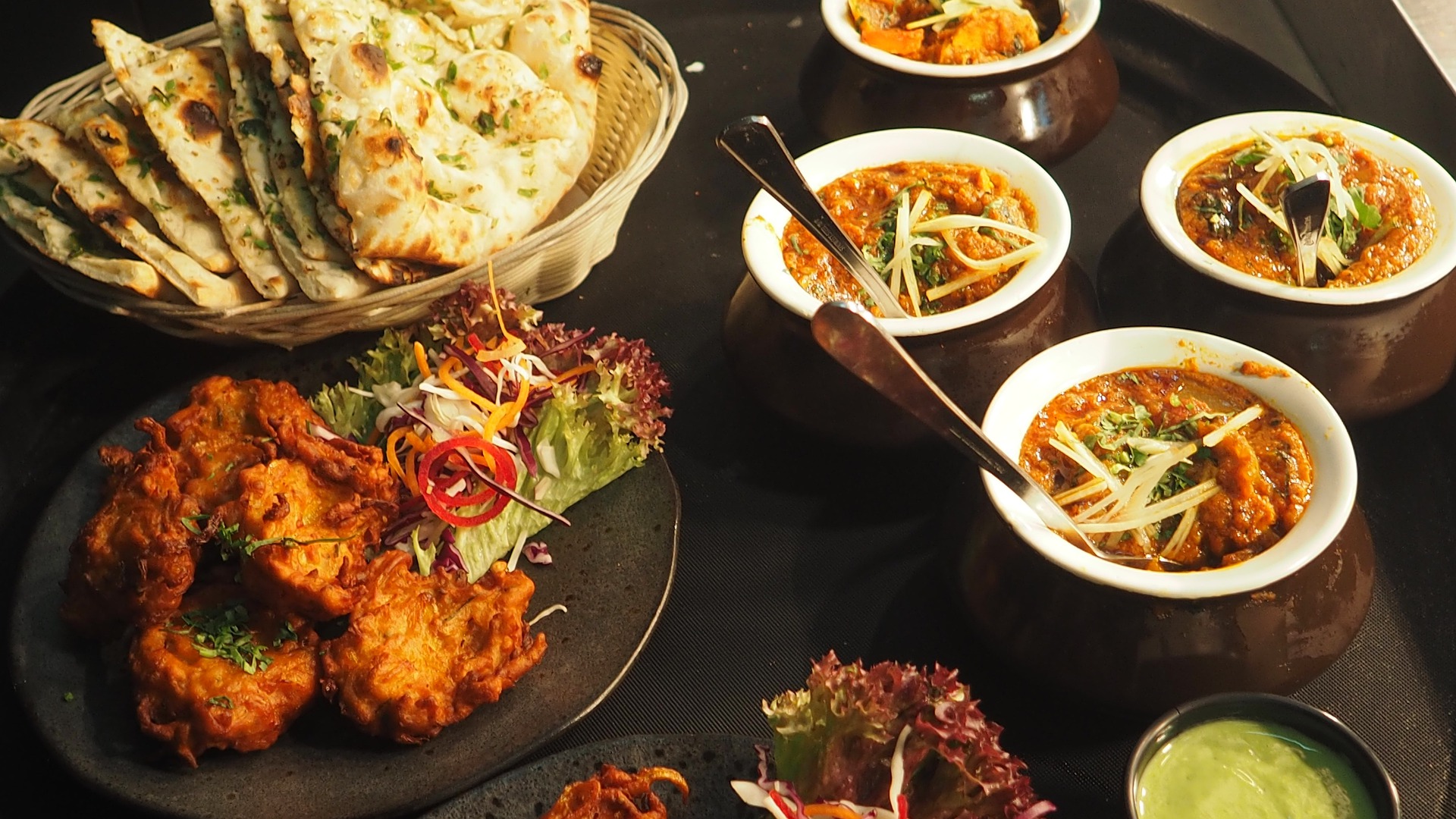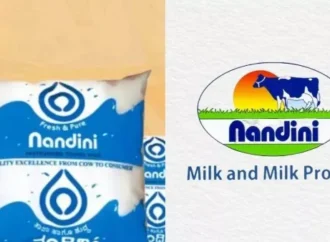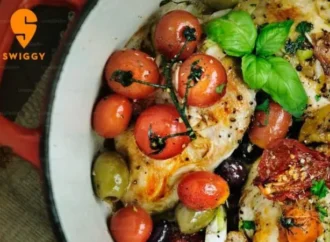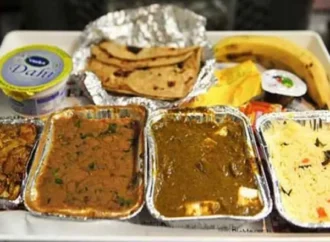Indian cuisine is famous the world over, but anyone who lives here knows that there is no ‘Indian’ cuisine. Instead, there’s everything from Mughlai kebabs and biryani platters to Gujarati thalis and Bengali sweetmeats. Everyone’s a fan of crisp dosas and piping hot idlis with sambar, and Goan cuisine is well-known for its Portuguese twist, and Konkani seafood.
You might have lived in India for many years, but it’s possible you haven’t tasted all of the delicious delights the country has to offer. Whether it’s street food or fine dining, each state has something different and delectable to offer. That’s the benefit of living in a multicultural society with a rich culinary heritage.
We’ll take you through some of the most iconic dishes in places across the country: what they are, how they came to be, and why you have to try them!
Biryani from Hyderabad


We have to start with a true classic. Of course, biryani has its variations across the country (Kolkata does its own popular version, as does Lucknow), but visitors to Hyderabad are understandably drawn to its spicy richness. Some variants of Hyderabadi biryani are also known as dum biryani, and the dish is often slow-cooked to achieve the best results. It generally uses quality basmati rice or long brown rice and mutton (or another meat variant), along with a host of carefully chosen spices, and is served at well-known Hyderabadi joints like Paradise, where it is accompanied by dahi, and in overflowing pots at Hotel Shadab, where you can delight in some delicious chicken biryani too. If it’s high-end cuisine and a true sense of royal biryani heritage you’re after, restaurants like Adaa at the Taj Falaknuma cook up their biryani from special hundred-year-old recipe books.
The true origins of biryani, and how it became a fundamental part of our cuisine, are murky. But most people suspect that the dish made its way to us via West Asia (specifically Persia), not least because the word ‘biryani’ has Persian roots. There are several legends associated with the dish. According to some sources, it was brought to us by the Mughals as a military dish. But a primitive version of it may have come from the Timurids in the late 14th century. Whichever route it took, the nawabs of Hyderabad delighted in its flavour, and it was traditionally cooked in the kachchi ghost style, with the meat sealed in with the rice in a vessel to cook overnight.
Xitti Kodi from Goa


Simply put, xitti Kodi is a fish curry. But it’s much more than just that. It’s a complicated dish, with Konkani spices to tantalise your taste buds. It’s traditionally loaded with coconut milk, and the inclusion of raw mango lends it a flavourful zest. The centrepiece of the dish is the fish. Pomfret and Kingfish are popular choices for the main protein, as is prawn. Spoon some of the curry over your steamed rice and take a bite; you’ll be transported to culinary heaven!
As Goa is a coastal state, some of the best seafood can be found there, hence the popularity of this dish. It’s eaten frequently in Goan households, but it’s also eagerly requested by tourists. The delicious warmth and tang of the dish make it a crowd favourite. The inclusion of tomato in the dish might be a Portuguese influence, and the dish itself was probably the result of a hybrid of Goan-Portuguese tastes. Some of the beach shacks in Goa serve some amazing Xitti Kodi, but you can just as easily make it at home with some fresh fish.
Rogan Josh from Kashmir

Rogan Josh is another legacy of the Timurids, carried on by the Wazas (or Kashmiri cooks) in their own unique style. Today, the dish has many variations, and the name itself reflects a Persian origin (‘roughan’ refers to ‘oil’, and ‘josh’ to the act of ‘boiling’). While even traditional versions of the meal differ in makeup, the best protein to use is mutton, and the next best is lamb. Some versions of the dish use garlic and shallots, while others use ginger. Often, the dish is spiced and coloured with saffron, alkanet root, or the mawal flower. You’ll also find the dish contains a hint of spice and a hefty richness, thanks to Kashmiri chillies and ghee.
Nowadays you’ll probably find Rogan Josh at any Mughlai restaurant, served up with some hot naan. But it’s conventionally eaten with rice and is notable for its deep red hue, thanks to the natural colouring of the spices in the thick sauce. It’s often served at wedding buffets, but it’s worth visiting Srinagar for a bite of authentic Rogan Josh!
Idiyappam from Kerala

Idiyappam is often on the breakfast menu across households in Kerala, and it’s healthy, light, and delicious. It’s a dish made with rice flour, and it’s served as strings of rice and has a very pleasing texture. It’s not a particularly flamboyant dish, but Keralites enjoy it as a sort of comfort food, wholesome and great for snacking. As a steam-cooked dish, it has an abiding presence in South Indian history, going back to ancient times. It is believed to have initially been invented in Sri Lanka, and, like us, they still cook and eat it to this day. Traditionally, the raw rice is made into a batter and cooled. Then, using an idiyappam press, the rice is shaped into thread-like noodles and then steam-cooked.
Of course, idiyappam is a great base dish, so you can serve it however you like. People in Kerala often serve it with sweet coconut milk or coconut chutney. It’s also often accompanied by stews or curries. If you ever venture to places like Singapore or Malaysia, you’ll find they have their own tradition of serving dishes very similar to idiyappam, and it’s a very popular street food there. Next time you’re in a South Indian restaurant, skip the dosa-idli and try some idiyappam! It’s just as delicious.
Chamthong in Manipur

Manipuri cuisine relies quite heavily on seasonal vegetables, and that results in some scrumptious and hearty dishes. A lot of people there have backyard gardens, so dishes like chamthong are quite common. Chamthong is a bit of a rustic dish, and you can easily make it at home with a few quality vegetables. It’s a vegetable stew that’s full of flavour, with sliced onions, cloves, and ginger to thicken the broth. It also uses ngari or fermented dried fish, a food that’s used in many Manipuri dishes. This gives the dish a very unique flavour profile.
Chamthong is often served with extra fried fish, and is eaten with rice. It has a soupy consistency, so it’s perfect for damp and cold days. It’s traditionally consumed piping hot.
Handvo From Gujarat

Many Gujarati dishes are vegetarian, and they’re known for whipping up some of the best snacks in the country. Handvo is a savoury snack that’s great with hot tea if you feel like munching on something that’s not dhokla. People also enjoy it for breakfast.
Handvo is essentially a baked dish that uses lentils and rice. You can also toss in a lot of vegetables and herbs. Traditionally, you make it using a batter of soaked rice and mixed lentils, and let it rest overnight. You then add curd, and let the mix ferment. Then add in grated carrots and gourd, coriander, ginger, chillies, and garlic. Once the batter is ready, you can cook it over a stovetop or put it in the oven. You should end up with a crisp and fluffy treat that’s perfect with green chutney. The recipe is quite versatile, and you can always add more vegetables. If you bake it in a large pan, you end up with lots of leftovers to serve to your guests!
Rasgullas from Bengal

Of course, you can enjoy a rasgulla no matter where you are now since they’re so popular. But sweet shops in Bengal do it very well indeed, and the sweet dish has a long history. Its true origins are unclear, but many believe it was invented by a confectioner called Nobin Chandra Das, while others believe it originated in Orissa and has folkloric and religious roots. Some even claim it has Bangladeshi origins.
However it came to be, the rasgulla is one of the most well-loved sweet dishes in the country today, made with chana and cooked in sugar syrup. Although you can buy rasgullas in cans if you like, there’s nothing like eating fresh, hot rasgullas outside a sweet shop or bringing a pot home for your guests. If you have a sweet tooth, it’s difficult to refuse this soft fried treat, and they’re particularly beloved during festive occasions like Diwali.
Next time you’re travelling out of state, make sure you don’t miss out on these dishes. Of course, there are many, many others. There are many plus points to living in a country that’s as food-obsessed as India. Each dish has a unique history and often has local variations. But even if you’re just sitting at home, look up a recipe and try it out! You might end up discovering a new favourite meal.
 Food Manifest
Food Manifest 


















Leave a Comment
Your email address will not be published. Required fields are marked with *